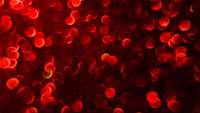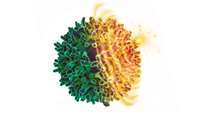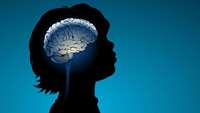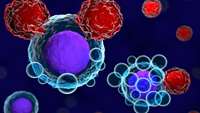Japanese Scientists Create Artificial Blood That Could Potentially Be Given To All Blood Types
Scientists in Japan have developed “artificial blood” that could, in theory, be transfused into patients regardless of their blood type. Yep, its pretty much the same premise as the TV show True Blood, just without the vampires.
FMR1 Reactivating Treatments in Fragile X iPSC-Derived Neural Progenitors In Vitro and In Vivo
Fragile X syndrome (FXS) is caused primarily by a CGG repeat expansion in the FMR1 gene that triggers its transcriptional silencing. In order to investigate the regulatory layers involved in FMR1 inactivation, we tested a collection of chromatin modulators for the ability to reactivate the FMR1 locus.
The Nobel Prize in Physiology or Medicine 2019
Animals need oxygen for the conversion of food into useful energy. The fundamental importance of oxygen has been understood for centuries, but how cells adapt to changes in levels of oxygen has long been unknown.
Autophagy Induction by Neural Stem Cell-derived Extracellular Vesicles Aids Recovery from Spinal Cord Injury
The transplantation of stem cells may promote functional recovery after acute spinal cord injury, partly through their neuroprotective capabilities; however, cells generally suffer from low survival rates in the inhospitable microenvironment of the injury, while the potential for surviving cell de-differentiation, immune rejection, and tumor formation represent additional obstacles.
Cellular soldiers designed to kill cancer cells that get loose during surgery, stop metastasis
Cellular soldiers created using the body’s own defenses can track down and kill escaping cancer cells during surgeries, preventing metastasis and saving lives, a Vanderbilt University biomedical engineer has discovered, particularly in cases of triple negative breast cancer.
The neuroscience of autism: New clues for how condition begins
UNC School of Medicine scientists unveiled how a particular gene helps organize the scaffolding of brain cells called radial progenitors necessary for the orderly formation of the brain. Previous studies have shown that this gene is mutated in some people with autism.
Researchers make immunotherapy work for treatment-resistant lymphoma
Mount Sinai researchers have developed a way to use immunotherapy drugs against treatment-resistant non-Hodgkins lymphomas for the first time by combining them with stem cell transplantation, an approach that also dramatically increased the success of the drugs in melanoma and lung cancer, according to a study published in Cancer Discovery in August.
Single-cell transcriptional logic of cell-fate specification and axon guidance in early-born retinal neurons
Retinal ganglion cells (RGCs), cone photoreceptors (cones), horizontal cells and amacrine cells are the first classes of neurons produced in the retina. However, an important question is how this diversity of cell states is transcriptionally produced.
Making cancer stem cells visible to the immune system
Bone marrow aspirate showing acute myeloid leukemia. Several blasts have Auer rods. Credit: Wikipedia Leukemia stem cells protect themselves against the immune defense by suppressing a target molecule for killer cells. This protective mechanism can be tricked with drugs
Repair of tooth enamel by a biomimetic mineralization frontier ensuring epitaxial growth
The regeneration of tooth enamel, the hardest biological tissue, remains a considerable challenge because its complicated and well-aligned apatite structure has not been duplicated artificially.












